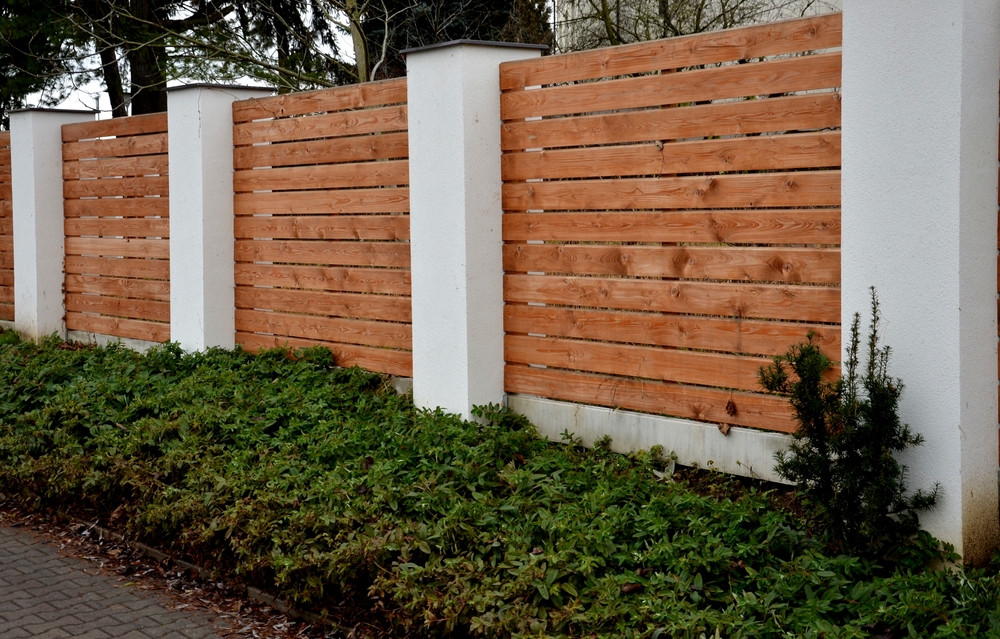Vinyl fencing is often less expensive than wood fencing when comparing initial costs. It’s best to consider other factors that can affect the overall cost and value of the fencing, such as maintenance, longevity, and aesthetics. Here’s a breakdown of the cost differences between vinyl and wood fencing:
Vinyl Fencing:
- Initial Cost: Vinyl fencing tends to have a lower upfront cost compared to wood. The cost of vinyl fencing can vary depending on factors like style, height, and the quality of the vinyl material. On average, it is often less expensive than wood initially.
- Maintenance Costs: Vinyl fencing requires minimal maintenance. It does not need painting, staining, or sealing, which can save you money and time over the long term. Routine cleaning with soap and water is typically sufficient to maintain its appearance.
- Longevity: Vinyl fencing is known for its durability and resistance to rot, insects, and weather. It can last for decades without significant deterioration, potentially providing a long-term cost advantage.
- Aesthetics: Vinyl fencing comes in various styles and colors, but some people prefer the natural look of wood. While vinyl can mimic the appearance of wood to some extent, it may not satisfy those seeking the traditional wood fence aesthetic.
Wood Fencing:
- Initial Cost: Wood fencing can be more expensive initially than vinyl, especially if you choose high-quality wood species and decorative styles. The cost of wood can vary significantly depending on the type of wood used.
- Maintenance Costs: Wood fencing requires more maintenance than vinyl. It needs periodic painting, staining, sealing, and repairs to prevent rot, decay, and insect infestations. These ongoing maintenance costs can add up over time.
- Longevity: The lifespan of wood fencing varies depending on factors like the type of wood, climate, and maintenance. While wood fences can last for many years with proper care, they may not have the same longevity as vinyl fences.
- Aesthetics: Wood fences are prized for their natural beauty and classic appearance. They offer a warm and traditional look that many homeowners prefer.
Vinyl fencing generally has a lower initial cost and lower maintenance costs compared to wood fencing. However, wood fencing offers a timeless, natural appearance that some people find more appealing. When deciding between the two, it’s essential to consider your budget, maintenance preferences, aesthetic preferences, and long-term goals for your fencing.


